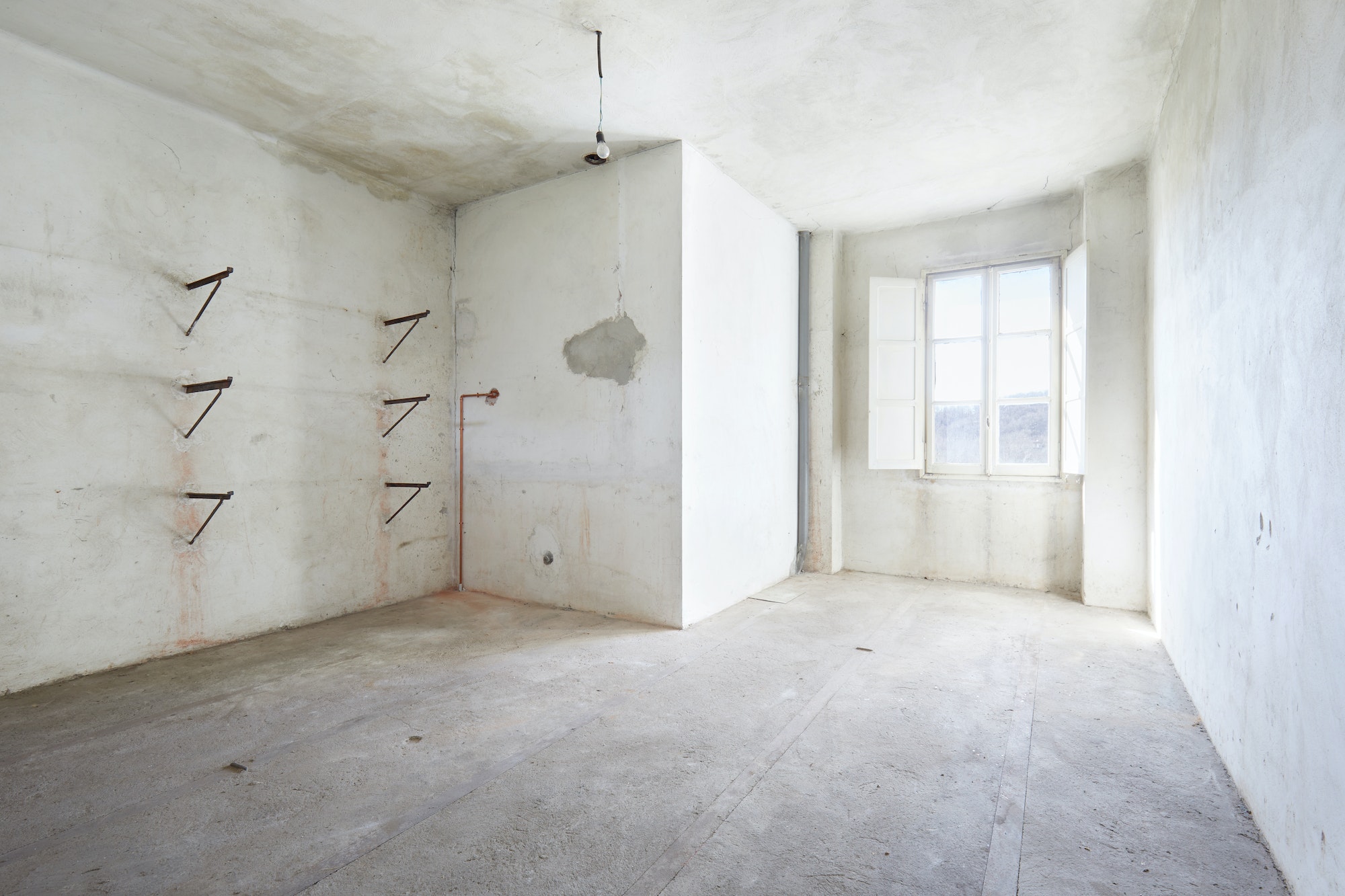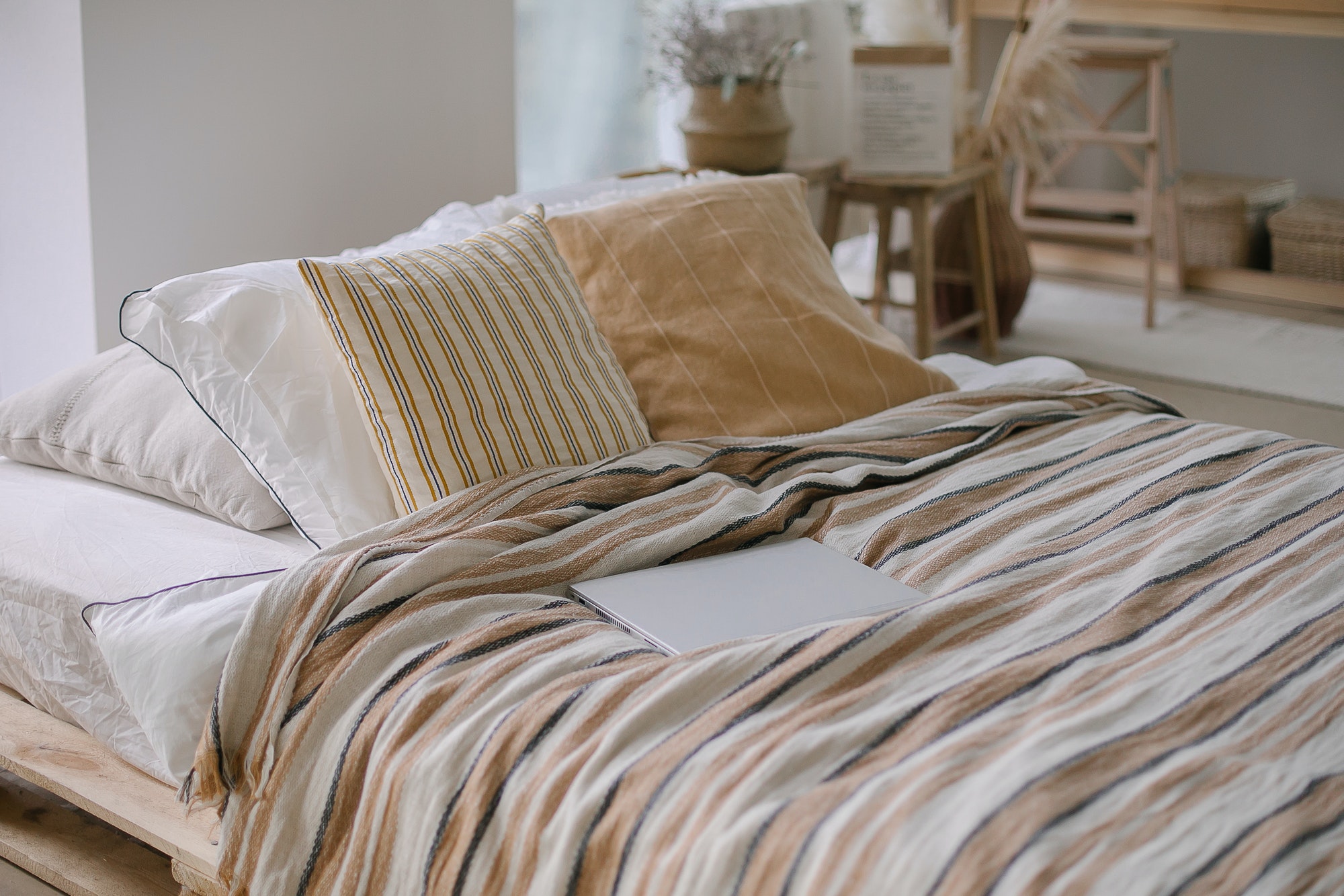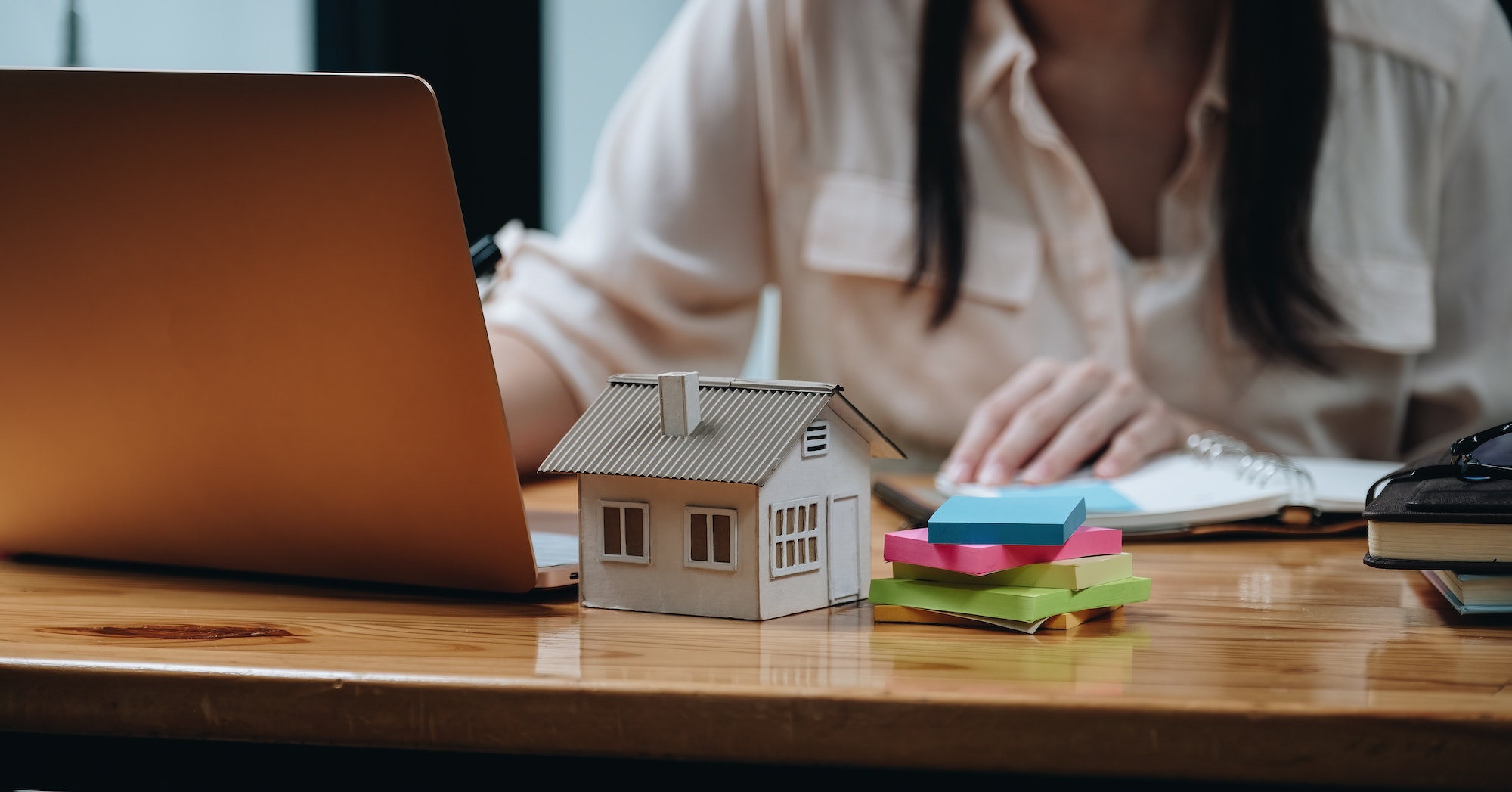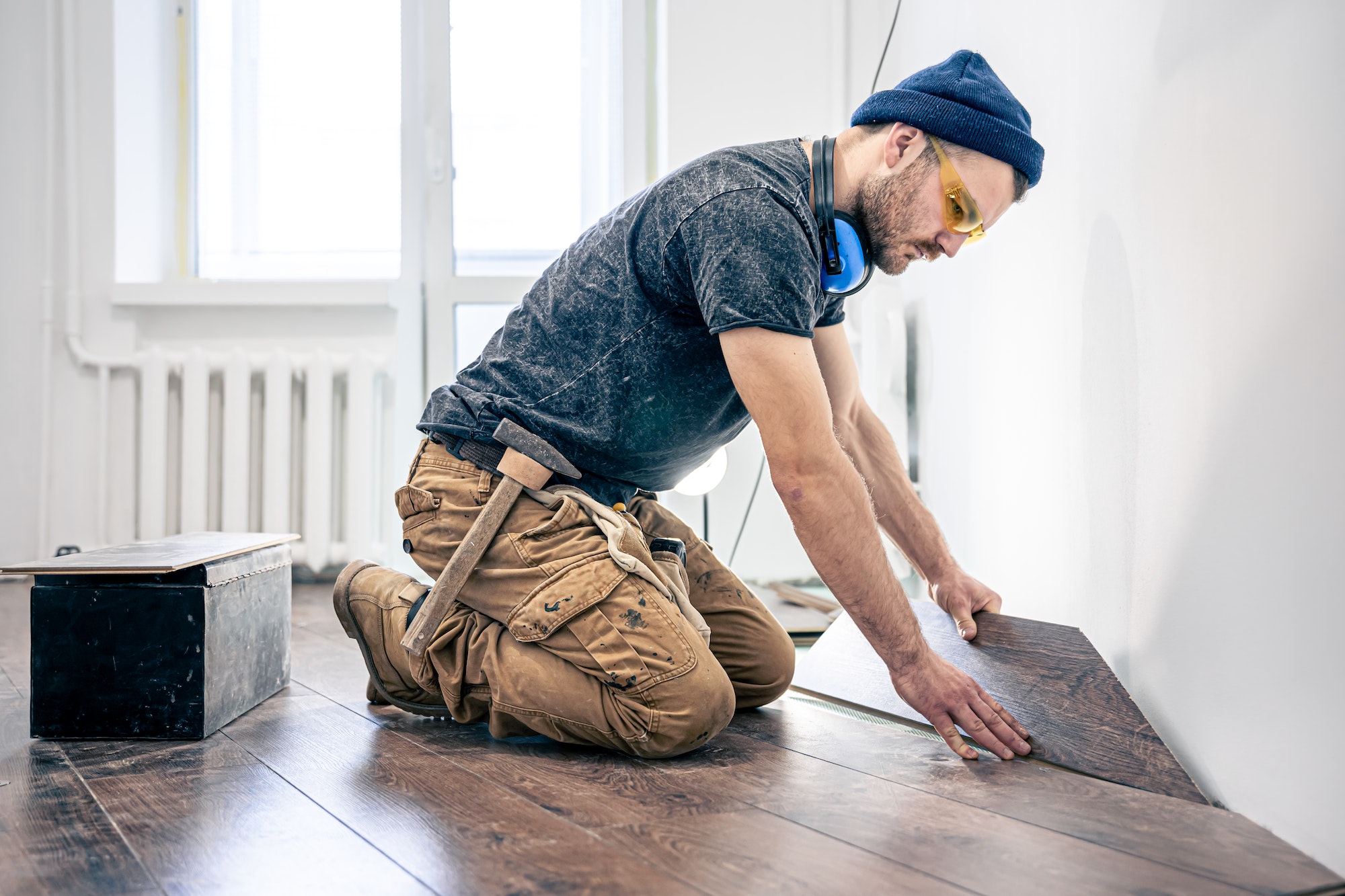Discovering mold in your home can be one of the most worrying experiences anyone can go through. But if you’re finding mold on your walls, then this problem started a long time ago. Not many people are aware that they have a mold problem until it’s too late. As a result, they can end up spending a lot more money than they’ve bargained for on a problem that could have been taken care of long before the mold makes an appearance.
The reason why mold is so dangerous is because many species contain a chemical called mycotoxin that can cause breathing problems, headaches, and, in severe cases, neurological damage. So it’s important that you look out for early signs so that you can take care of a mold problem before it starts to take over your home. here are some of the 11 signs of mold you should keep an eye out for.
1. Air Conditioning Or Heating Smells Weird
If you notice that there’s a strange smell coming from your heating or air conditioning unit, then it might be time to call for mold remediation. Stand-alone units are prime areas for mold growth because of the condensation that occurs around them. They create dark, damp areas that are perfect for the growth of mold, and they’re also exposed to warm temperatures when they’re not in use.
It doesn’t help to move these units when they’re not in use either, especially if you place them in a closet or heated basement, since the chances of mold developing increase. The best way to stop a heating unit or air conditioner from accumulating mold is to have it regularly checked by an HVAC specialist.
2. Shower Tile Grout Is Dark
White grout that is starting to turn black is a sign that there is probably mold growing on it. Thankfully, this is the most harmless type of mold that is not going to cause you any health issues. Still, it can be annoying and unsightly to get rid of if it keeps coming back again and again. It’s a good idea to clean your tiles regularly to prevent this mold from growing further.
However, mold can also start developing on the grout if there is a leak in the bathroom plumbing or flooding behind the walls that you might not be aware of. In these cases, there could be a more toxic kind of mold that needs the expertise of professionals to have it removed. If you’re concerned about the mold in your shower, then you can always take a sample and send it off to be tested.
3. You Start To Feel Sick And You’re Not Recovering
If you’ve started to notice that you have a runny nose and sneezing fits that don’t seem to go away, then you could be having a reaction to mold growing in your home. These symptoms can easily be confused for just a simple cold, which can be easy to explain away if you have children. But if these symptoms continue throughout the year, even long after the cold season has ended, then you have a more serious problem on your hands. It’s important that you pay attention to your symptoms to see if they get worse over time, especially if you’re spending time in a particular room. This can inform you as to whether you just have a cold or a more serious mold problem you need professional help with.
4. Your Wallpaper Starts Peeling
Discoloration and scruffiness with your wallpaper are bound to happen as time passes. However, when the wallpaper is starting to separate from the wall or starts to bubble up, then you could have mold present in your walls. Mold holds onto moisture as it grows, and as a patch of mold gets bigger, more moisture is held in that one spot. Moisture can cause the adhesive behind the wallpaper to cause it to separate. It helps to pay attention to any areas of the wallpaper to see if they appear warped or feel damp.
5. Your Asthma Starts To Get Worse
Outside of a runny nose and sneezing, if you have asthma, you might notice that it’s starting to get worse over time. Asthma flare-ups can occur if you spend long periods of time in your home while you have a mold problem going on. Mold has been known to aggravate asthma, so it would be a good idea to see your doctor and schedule an appointment for a mold inspection of your home to see if there’s a problem that needs to be eliminated.
6. You Start To Feel Itchy
Most people expect that mold will remain on the walls of their homes, but did you know that it can actually spread to your clothes? This is a different type of mold, of course, but it can still be an irritant. If you leave damp clothes and towels lying on the ground, they can quickly develop mold that spreads across the entire surface of your clothing. This mold can irritate your skin, leaving you with an itchy rash. The best solution to this is to dry damp clothing and towels as soon as possible so that this mold has no time to develop.
7. Dark/Discolored Spots Appear On Your Walls
Mold can appear in many different forms and areas of your home. It can also take on many shapes, textures, and colors, so not all forms of mold look exactly the same. Most people are used to seeing the black mold that is portrayed in the media, but that’s not the only form of mold that exists. Some mold appears like green, dripping slime, while others can look like a harmless grey fuzz. Regardless of its appearance, all mold should be taken care of as soon as possible so that it doesn’t develop into a bigger problem.
8. A Musty Odor Appears
Along with the appearance of mold, it also has a distinct smell that can interrupt your normal day-to-day life. If you notice that your home is starting to smell mustier than usual, then it’s likely that you have a mold problem on your hands. If the smell continues long after you’ve cleaned up and sanitized your home, then it could be time to call a professional. One of the best clues you can look out for is if the smell gets stronger in one area of your house or in one corner of a specific room. That means that it’s localized. And if the smell persists after you’ve vacuumed, steamed your carpets, and taken out any garbage, then you definitely have a mold problem.
9. Seasonal Allergies Never Go Away
Seasonal allergies are one thing, but if they continue long after pollen or hay fever season has ended, then mold could be the culprit. Being exposed to mold can result in symptoms that are similar to seasonal allergies that grow worse over time. The symptoms may become unbearable and can worsen into headaches occurring, which could be confused for sinus pressure headaches. Take note if your symptoms get better when you’re at work outside of your home; if it does and then they get worse when you’re home, then there’s likely mold in your home.
10. You Feel Tired All The Time
It’s one thing to experience mental health issues that make you feel tired all the time, but after you’ve consulted with your doctor to rule these out, then it’s not normal to feel tired all the time. This is especially true if you’re also getting enough sleep at night. Toxic mold is known to cause a feeling of fatigue in people who are exposed. So if you find it difficult to wake up in the morning and get out of bed, a mold inspection conducted by a professional may be necessary.
11. You’re Using A Humidifier
A humidifier is great to use when the air in your home is dry so that your sinuses don’t become irritated. The problem is that humidifier employ water in their operation, which encourages the growth of mold. Running your humidifier on low or intermittently throughout the months, especially during the winter is fine. However, if you’re constantly running it throughout the year, then there is a much higher risk of moisture accumulating and causing mold to grow. You should regularly check the area around your humidifier for any signs of mold and clean it up immediately.
Mold growth in your home should definitely be taken seriously. Ignoring it or explaining it away as other symptoms can cause the problem to go out of control and spread to every single corner of your home. Mold growth can also affect the structure of certain parts of your home, meaning that they’ll need to be completely replaced and that can end up being quite expensive.
If you fear that you could have mold developing in your home, it’s important that you contact a professional as soon as possible to conduct an inspection. You’ll be thankful that you took the initiative to ensure that your home and health are safely secured.
Discover more from Futurist Architecture
Subscribe to get the latest posts sent to your email.



